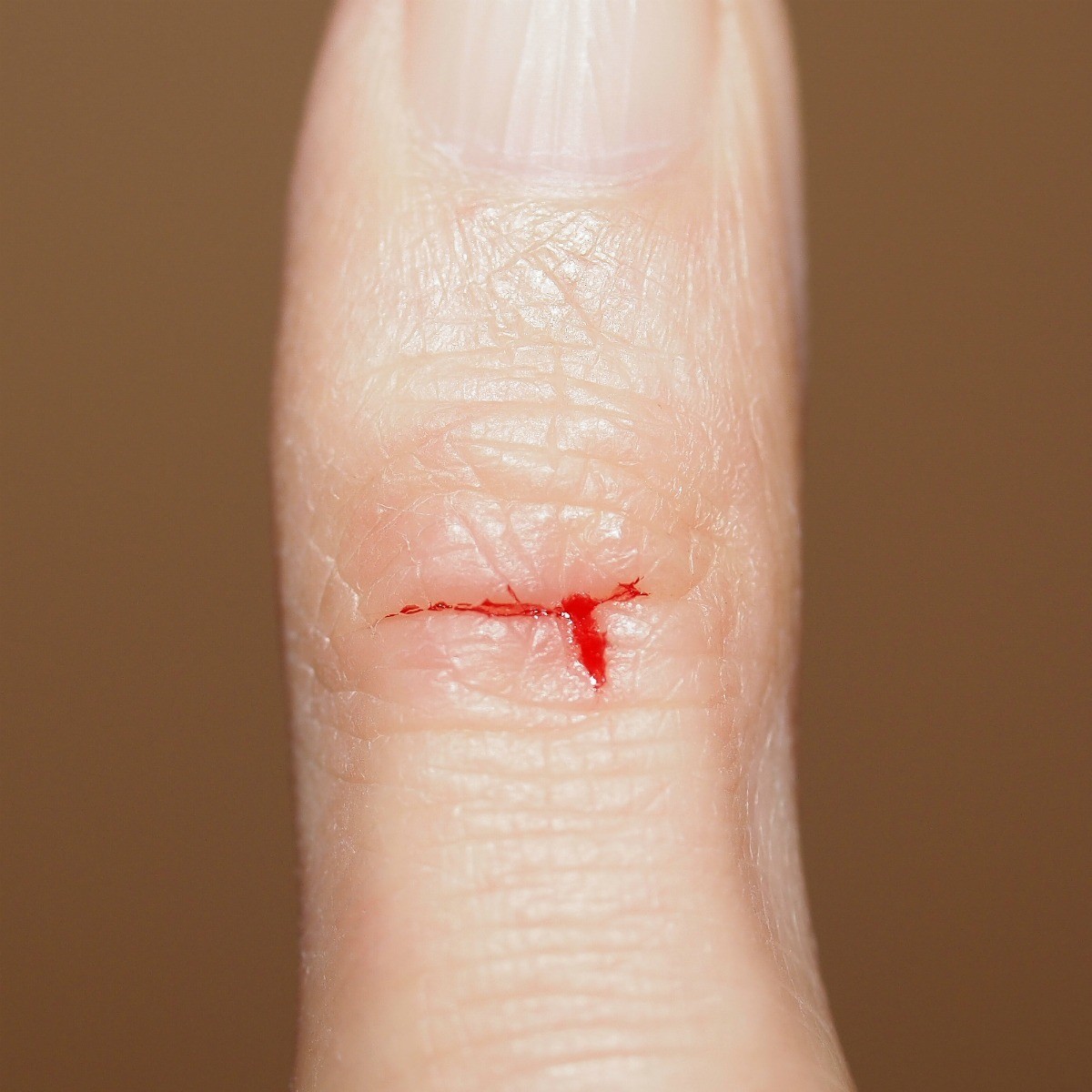
It was scraped and shaved again, and when completely dry, was rubbed down with fine pumice.
#Dry translucent paper like skin skin#
The skin was then allowed to dry on the frame, tightening and shrinking further. This scraping and tightening of the skin on the frame would continue until any irregularities had been pared away and the surface was of an even thickness. Here, the parchment-maker would begin scraping away the hair with a long, curved, wooden-handled knife.

The wet skins would then be taken out and stretched tightly, by use of leather thongs, over a large wooden frame.

They would be placed into vats of caustic lime and water where they would be left to soak for several days, at least until the animal hair had sufficiently loosened so as to be easily removed. The skins required a great deal of washing, cleaning and scraping. The wool-side of the skin was made into skiver a soft but strong leather often used in bookbinding, whilst the flesh-side became the parchment. Traditionally, parchment was made from the split-skin of the sheep. Developed in response to the cessation of Egyptian papyrus exports to the region, parchment offered a viable substitute, even if the process of making it was a rather messy one. Although it was thought to have been in use as early as 1500 B.C., it was the King of Pergamum (197-159 B.C.) who was first credited with its invention. Named after the ancient city of Pergamum in Asia Minor, parchment, as a writing medium, also antedates true paper. Parchment: its translucency captured here by the black felt placed underneath. Nevertheless, it remained a popular writing material until the beginning of the 2nd century A.D.
#Dry translucent paper like skin crack#
Ancient papyrus had little fold endurance and its tendency to crack saw it used mostly as a roll or scroll. The criss-crossed layers of papyrus were then dried under pressure (or hammered) and the surface finally polished with a smooth stone or shell. Across this, another layer of strips was placed at right angles. Sections of tissue-thin strips were then laid upon a board, side by side, overlapping slightly, and covered with a thin paste of wheat flour, vinegar and muddy water from the Nile. The remaining stalks were cut into pieces about 2 feet in length and split down the centre. Parts nearest the root were also discarded as the middle sections were the widest and most refined for the making of large sheets. The stalks of the plant were cut just above the root and their flower heads removed. Invented by the Egyptians in approximately 3000 B.C., papyrus leaves for writing were made from the papyrus water-plant which grew abundantly in the marshy delta of the River Nile. On the contrary, the development of papyrus, parchment and paper, the three mediums most often used for the leaves of books, has been quite radical… PapyrusĪlthough not paper in the true sense, papyrus was the first writing material to assume many of the properties of what we now know as paper. Such is the widespread use and enduring nature of paper, that we could be forgiven for thinking its development has been simple, seamless, the result of a ‘low technology’ of sorts.

Even its by-products can be used to improve the quality of our lives. It forms the newspapers, magazines and books that we read, it adorns our walls, fills our wallets, and as a tissue it is our best friend when we have a cold. It allows us to communicate, to teach, to illustrate and to create. So omnipresent in our daily lives is paper that it’s easy to take it for granted. The Three P's: Papyrus, Parchment and Paper Cover to Cover: Exposing the Bookbinder's Ancient Craft


 0 kommentar(er)
0 kommentar(er)
